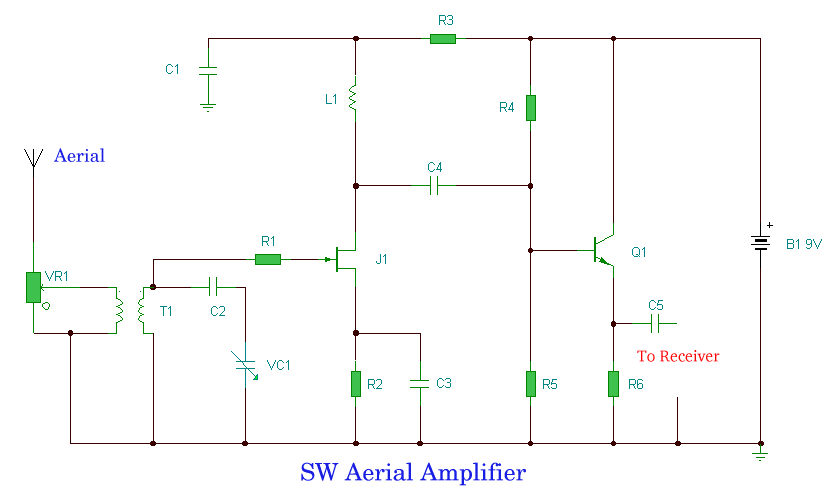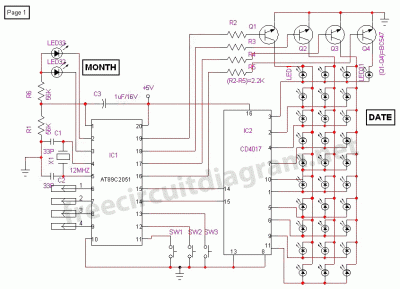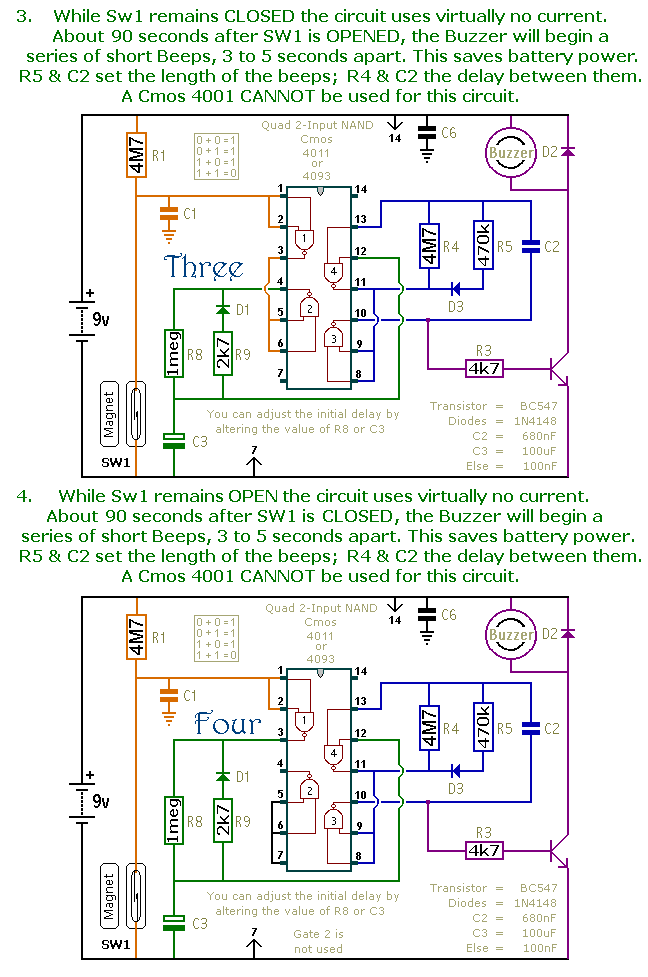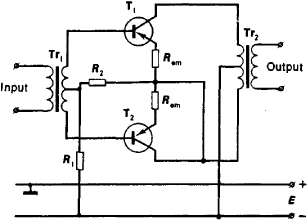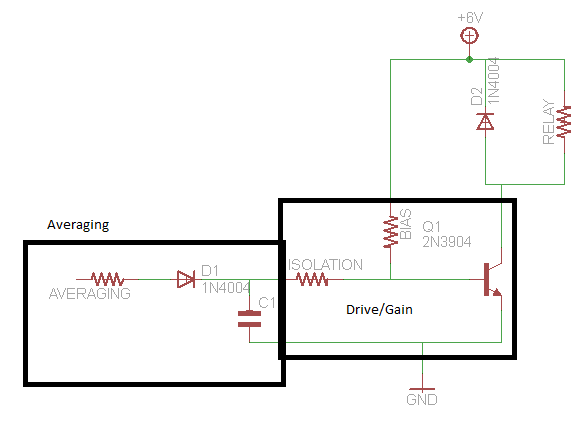
Nonlinear Operational Amplifier Circuit

This operational amplifier circuit utilizes resistor and transistor feedback elements to function as a nonlinear amplifier. The resistors R4 and R6 can be adjusted to modify the breakpoints as needed.
This operational amplifier circuit is designed to operate within the nonlinear region, allowing for a range of applications in signal processing where traditional linear amplification is insufficient. The inclusion of feedback elements, specifically resistors and transistors, enables the circuit to achieve desired nonlinear characteristics.
In this configuration, the operational amplifier's output is influenced by the feedback network formed by resistors R4 and R6. By varying the resistance values of R4 and R6, the circuit can be fine-tuned to achieve specific gain levels and transition points, referred to as breakpoints. These breakpoints are critical in defining the thresholds at which the amplifier transitions from one state to another, thereby influencing the overall response of the circuit to input signals.
The operational amplifier's nonlinear behavior can be particularly useful in applications such as signal clipping, waveform shaping, and dynamic range compression. The careful selection and adjustment of R4 and R6 allow for customization of the amplifier's response, making it adaptable to various signal conditions and requirements.
In practice, the circuit may also include additional components such as capacitors for stability and noise reduction, as well as diodes for protection against voltage spikes. The overall design should ensure that the operational amplifier operates within its specified limits to maintain performance and reliability. Proper layout and grounding techniques will also be essential to minimize interference and enhance the circuit's functionality. Using resistor and transistor feedback elements, this operational amplifier circuit can be used as a nonlinear amplifier. R4 and R6 can be varied to change breakpoints, as required.
This operational amplifier circuit is designed to operate within the nonlinear region, allowing for a range of applications in signal processing where traditional linear amplification is insufficient. The inclusion of feedback elements, specifically resistors and transistors, enables the circuit to achieve desired nonlinear characteristics.
In this configuration, the operational amplifier's output is influenced by the feedback network formed by resistors R4 and R6. By varying the resistance values of R4 and R6, the circuit can be fine-tuned to achieve specific gain levels and transition points, referred to as breakpoints. These breakpoints are critical in defining the thresholds at which the amplifier transitions from one state to another, thereby influencing the overall response of the circuit to input signals.
The operational amplifier's nonlinear behavior can be particularly useful in applications such as signal clipping, waveform shaping, and dynamic range compression. The careful selection and adjustment of R4 and R6 allow for customization of the amplifier's response, making it adaptable to various signal conditions and requirements.
In practice, the circuit may also include additional components such as capacitors for stability and noise reduction, as well as diodes for protection against voltage spikes. The overall design should ensure that the operational amplifier operates within its specified limits to maintain performance and reliability. Proper layout and grounding techniques will also be essential to minimize interference and enhance the circuit's functionality. Using resistor and transistor feedback elements, this operational amplifier circuit can be used as a nonlinear amplifier. R4 and R6 can be varied to change breakpoints, as required.
